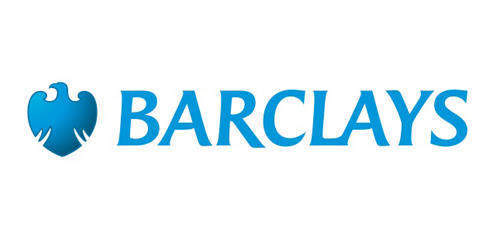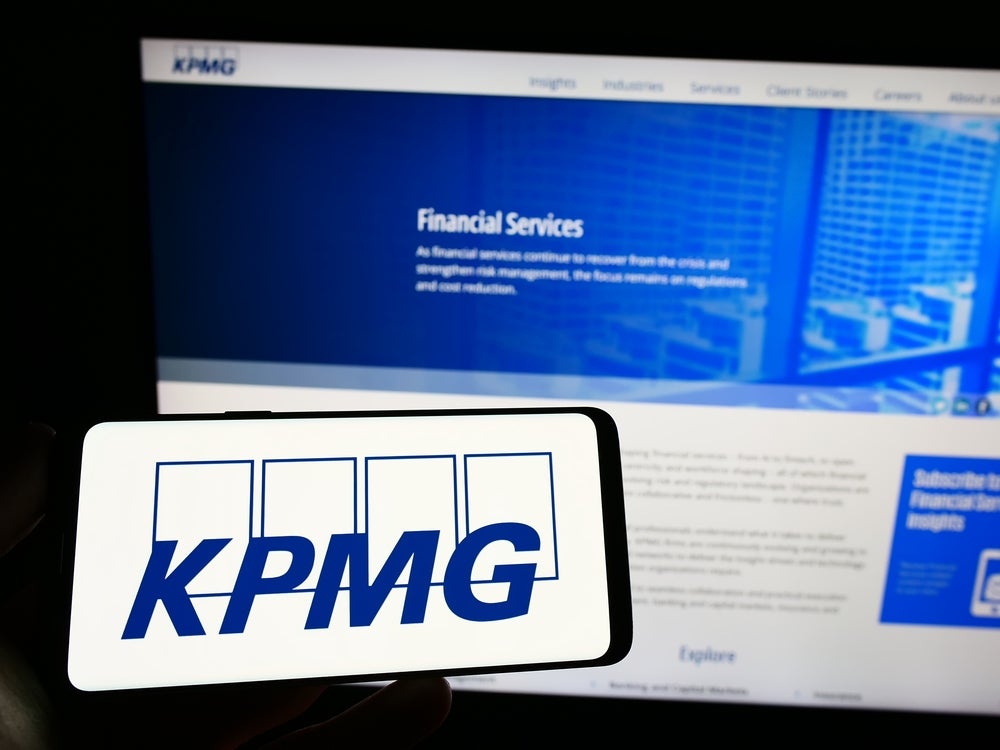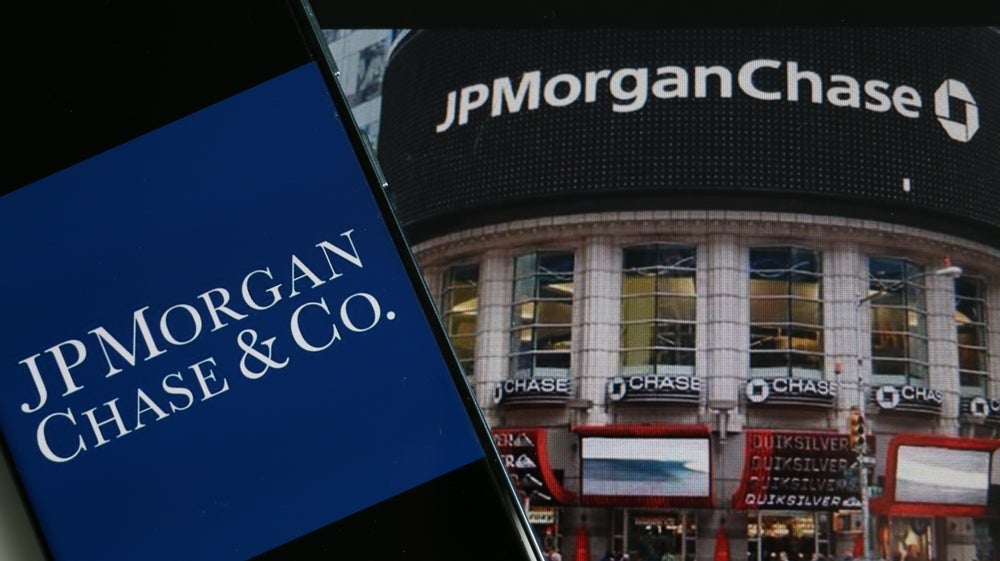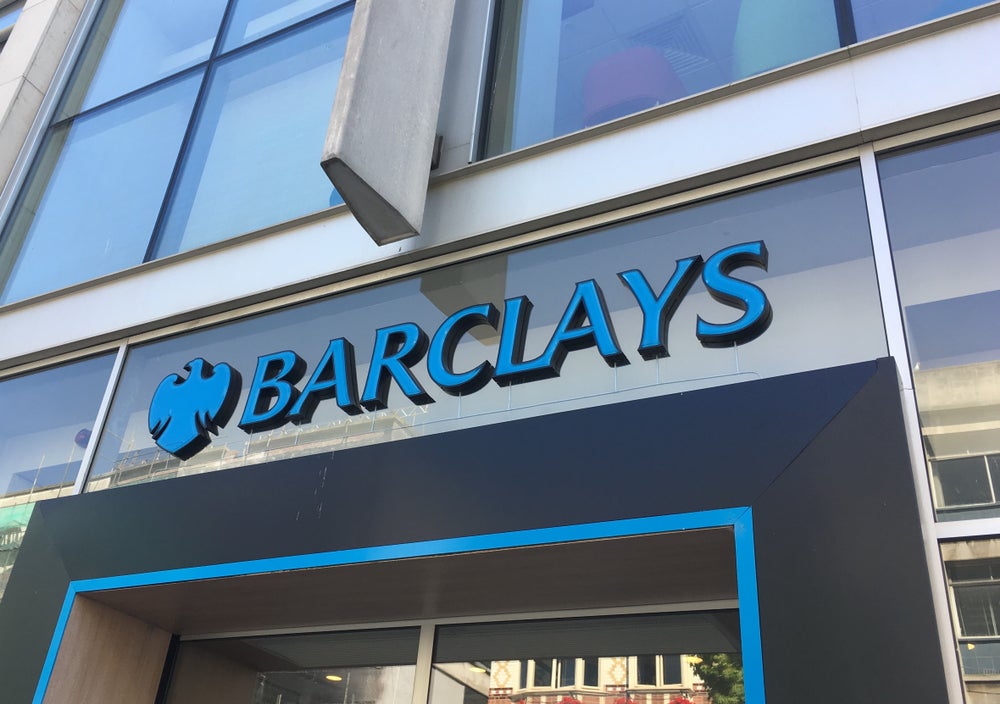
Barclays Q2 2019 results miss analyst forecasts with a 16% fall in net profit to £1.03bn (Q2 2018 £1.28bn).
And it is the bank’s UK unit that is largely responsible for the miss. Net profit at Barclays UK falls by 30% to £328m from the year ago quarter (Q2 2018 £473m).
Margin pressure is evident with a 17 basis point drop in the net interest margin to 3.05% at Barclays UK.
Second quarter falls by 1% while costs are up by 1%. Moreover, impairments rise by almost 70% to £480m.
Nor is there goods news on costs. Barclays UK’s cost income ratio rises by 5 percentage points from a year ago to 58%.
At the same time, Barclays group wide cost income ratio rises by 3 percentage points to 64%.
How well do you really know your competitors?
Access the most comprehensive Company Profiles on the market, powered by GlobalData. Save hours of research. Gain competitive edge.

Thank you!
Your download email will arrive shortly
Not ready to buy yet? Download a free sample
We are confident about the unique quality of our Company Profiles. However, we want you to make the most beneficial decision for your business, so we offer a free sample that you can download by submitting the below form
By GlobalDataConsequently, Barclays is under pressure to meet its full year targets. In particular, its key performance measure of a return on tangible equity of more than 9%. That target rises to more than 10% for fiscal 2020. On the latest figures, that target looks challenging.
In the second half Barclays says that it will ramp up its efforts to cut costs. The current Barclays cost-income ratio target is to reduce the ratio to below 60% ‘over time’.
Barclays Q2 2019 highlights
Despite a number of negative metrics, a number of highlights merit attention.
Barclays reported CET1 ratio rises by 40 basis points to 13.4%, demonstrating strong capital generation. The UK unit reports stable underlying credit metrics. UK cards 30 & 90 day arrears of 1.8% and 0.9% respectively compare with 1.9% and 0.9% in Q2 2018.
Barclays is also making progress against its targets to reduce headcount. Total employee numbers are down by almost 4% in the quarter.
UK retail deposits also show strength up 4% year-on-year to £201bn.
Barclays also reports a number of positive digital metrics. Digitally active users rise to 11.1 million from 10.8 million at the end of 2018. Over the same period, active mobile banking users are up from 7.3 million to 7.9 million.
And digital only customers grow by 400,000 to 5.4 million.
In the second quarter, digital origination accounts for 57% of all products, up from 53% at year end 2018.
Barclays share price is up by 2.5% at £1.58 since release of the Q2 results. The share price remains a sore point for long suffering investors, having peaked at £3.50 a decade ago.







